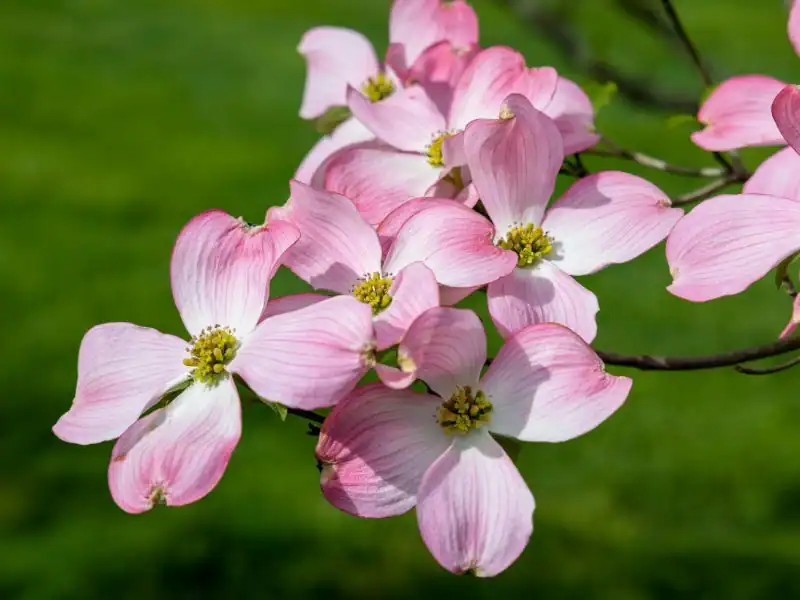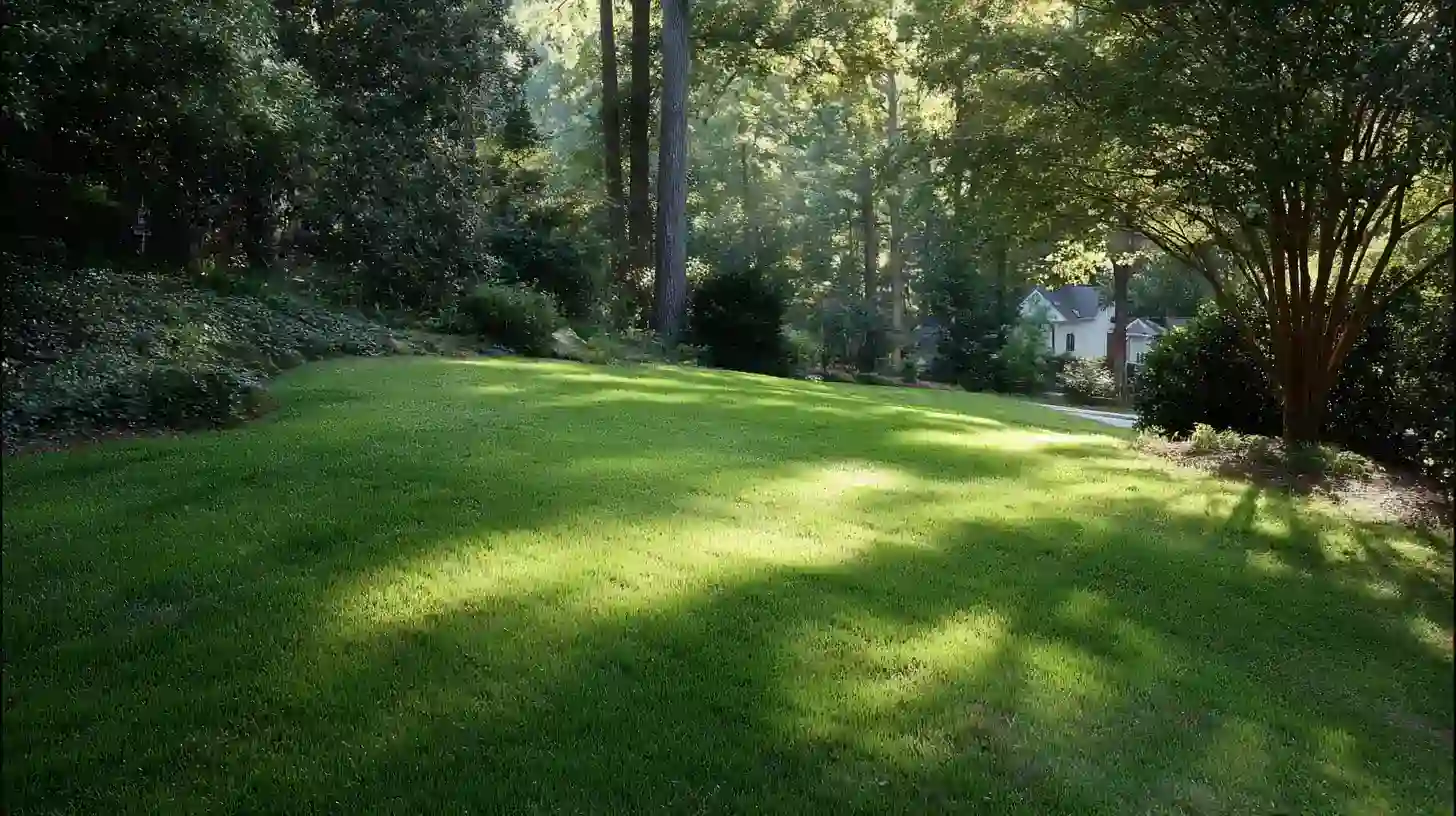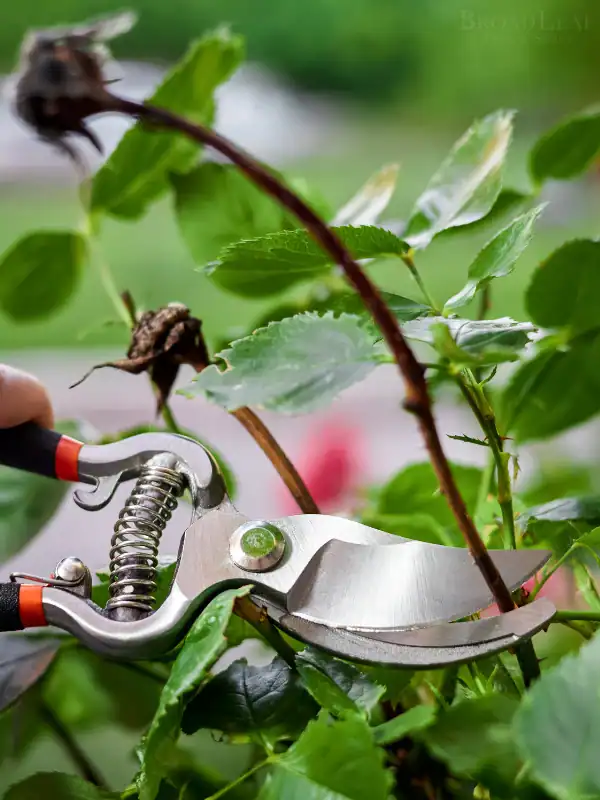What Is Dogwood Anthracnose?
Dogwood anthracnose is a fungal disease affecting flowering dogwood and pacific dogwood (Cornus nuttallii). Caused by Discula destructiva, it thrives in wet weather, spreading through spores carried by wind or rain. The fungus persists in fallen leaves and infected twigs, posing a risk for reinfection, especially in wet spring weather.
How Does It Spread?
The disease spreads when spores land on succulent new growth during bud break. Avoid digging native trees from wild areas, as they may carry Discula destructiva, introducing it to previously disease-free landscapes. Wet weather accelerates spore dispersal, making vigilance key.
What Does Dogwood Anthracnose Look Like?
Early detection of dogwood anthracnose is critical for effective management. Look for these symptoms:
Impact on Dogwood Trees and Ecosystems
Dogwood anthracnose affects both landscape trees and native trees like flowering dogwood. These trees are prized for their blooms and ecological role, supporting wildlife. The disease causes:

How to Treat Dogwood Anthracnose
Effective treatment combines cultural practices, tree care, and professional intervention. Here’s how to manage it:



